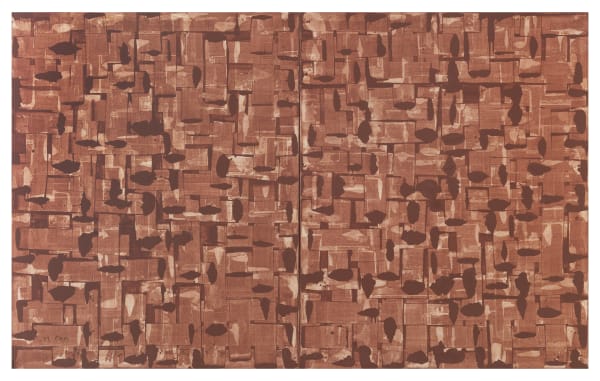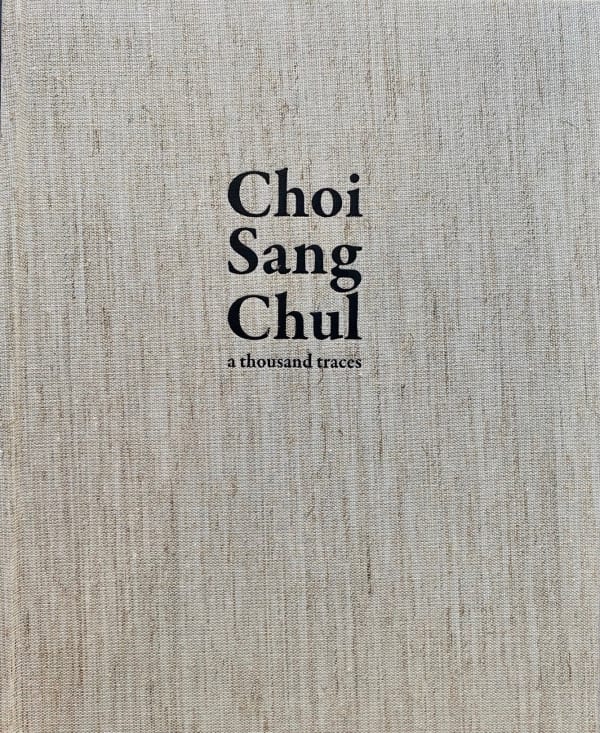CHOI Sangchul South-Korean, b. 1946
Choi Sangchul is a South-Korean artist, close to the Dansaekhwa mouvement. His characteristic works are filled with asian philosophy, meditation and a closeness to nature that he channels through his physical body onto the canvas resulting in large abstract compositions from which the painters will is entireley removed.
Contemporary painter Choi Sangchul graduated from the Seoul University of Fine Arts in 1969, during the emergence of the Dansaekhwa monochrome movement. Lead by famous artists Park Seo-Bo and Lee Ufan the movement is caracterised by the use of neutral colors such as white, beige or black, alterations to the support and pictorial surface, as well as a gestural and systematic process. All these aspects can be found in the works of Choi Sangchul.
In his most recent series “Mumool” (state of nothingness). Choi pushes minimalism to the point of withdrawing even the painters will, thoughts and control over the painting. Using tools such as stones or bamboo sticks - found in his studio’s surroundings - and black pigment, Choi follows strict rules that forbid his own subjectivity to alter the creative process. Resisting against artificiality, his intent is to “paint” as nature would. Choi believes he becomes himself a part of nature when his mind, freed of parasite thoughts, concentrates only on the movement. The finished work is not the esthetical satisfaction of the painter but the result, always, of a thousand repeated gestures: dropping a stone, tilting the canvas to let the stone roll...
Often compared to western abstract painters such as Jackson Pollock or Pierre Soulages, Choi answers feeling closer to the process of French-Polish artist Roman Opalka: “Like a monk holding his life through one topic of meditation, he continues his art tirelessly and tenaciously. I am looking forward to the day when I use white paint, to write numbers on a white canvas. What will the last number be? ”.






